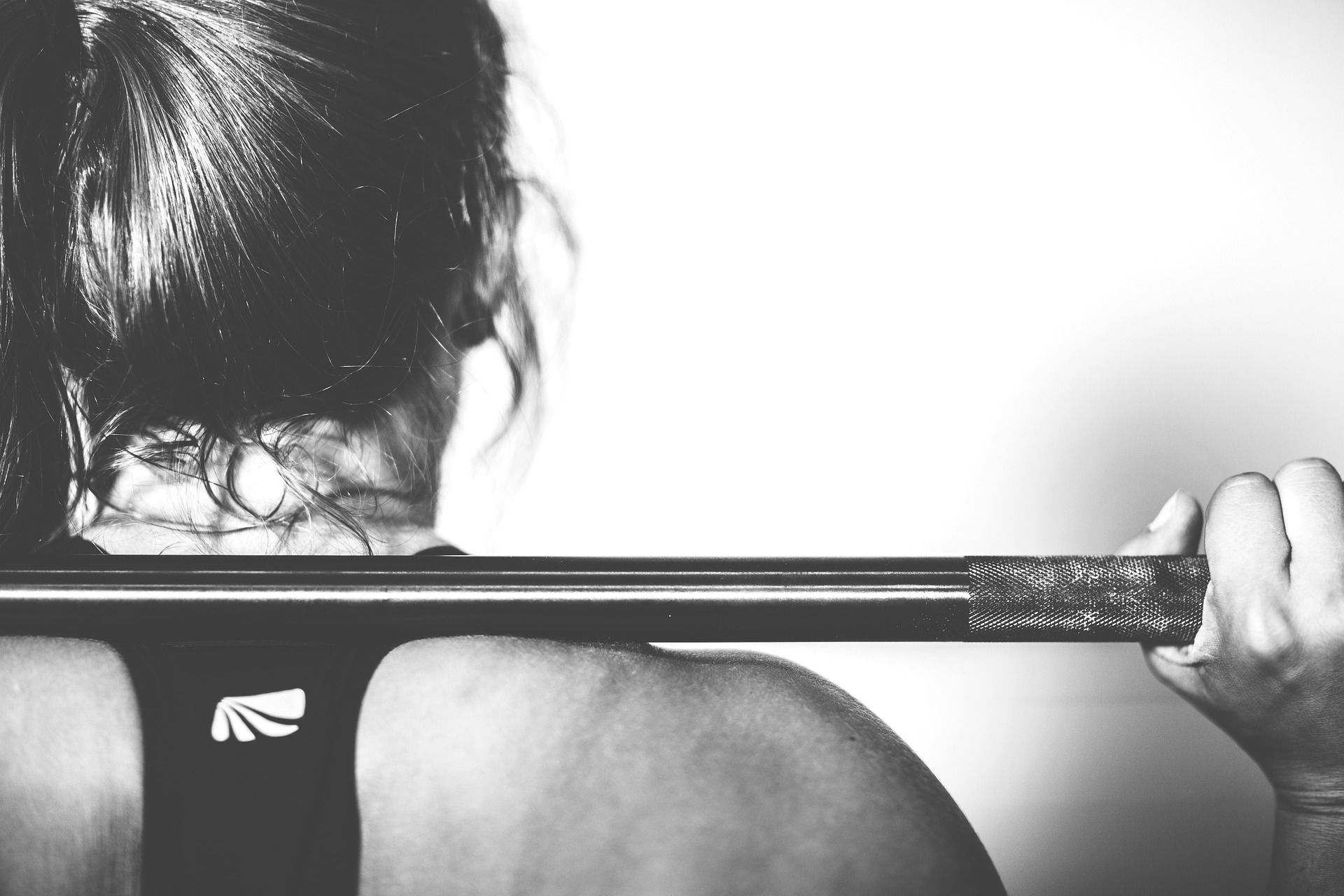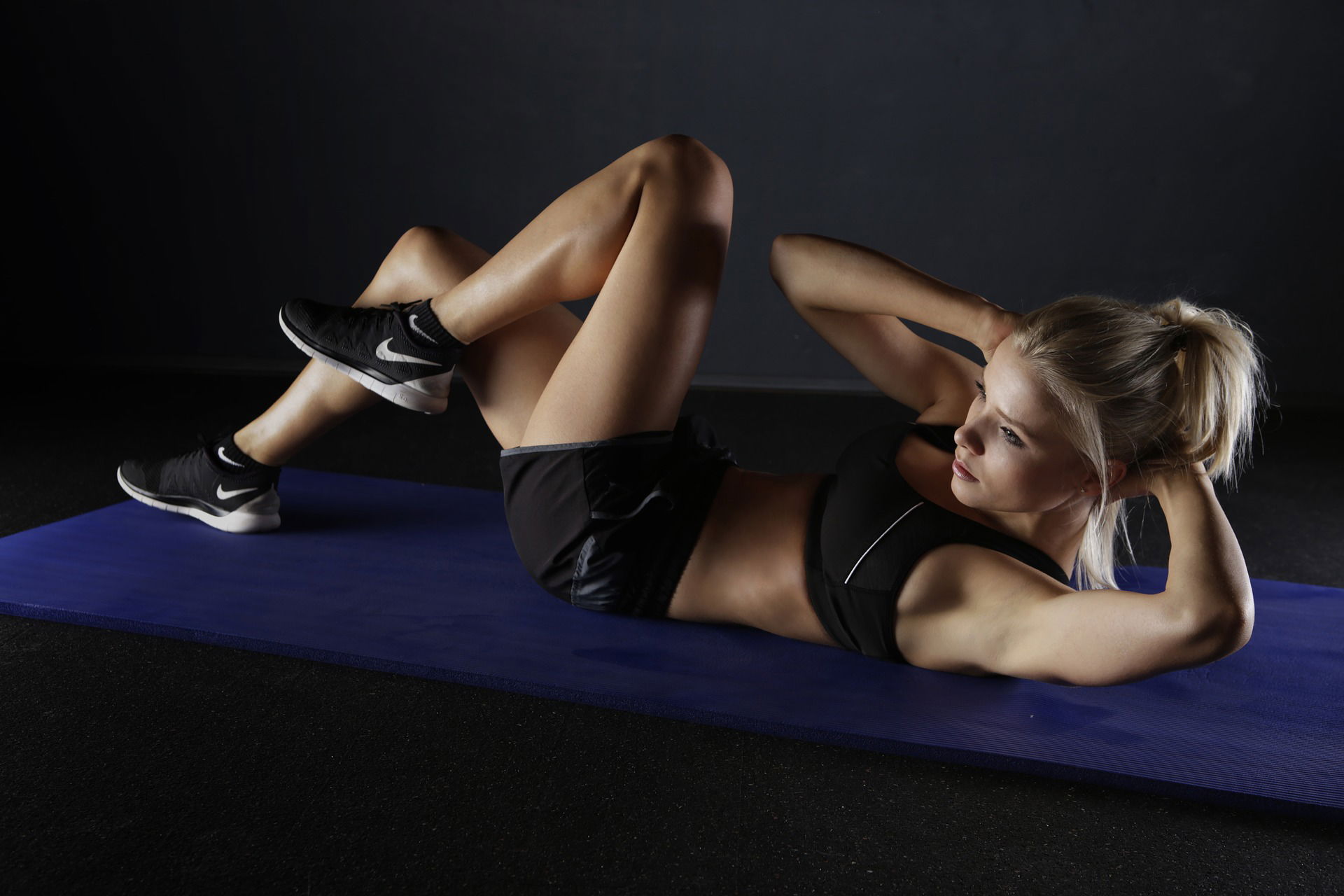Balance and Stability: Exercises to Improve Coordination and Prevent Falls
Balance and stability are essential components of daily life, enabling us to move with ease and perform daily activities without the risk of falls or injuries. As we age, our balance and stability may naturally decline, making us more susceptible to accidents. However, it's never too late to work on improving coordination and enhancing stability. In this article, we will explore the importance of balance and stability, the factors that can affect them, and a variety of exercises designed to help you maintain better control over your body and reduce the risk of falls.
The Importance of Balance and Stability
Balance is the ability to control and maintain the body's position, whether in a static or dynamic state. Stability refers to the body's ability to resist external forces that may disrupt balance. Both balance and stability play crucial roles in everyday movements, such as walking, standing, and reaching, as well as more challenging activities like sports and fitness training.
As we age, factors such as muscle weakness, joint stiffness, and reduced sensory perception can affect our balance and stability. Poor balance can lead to falls, which are a significant concern for older adults, as they can result in severe injuries and a decline in overall health and mobility.

Exercise to Improve Balance and Stability
Regular exercise that focuses on balance and stability can significantly improve coordination and reduce the risk of falls. Here are some effective exercises to incorporate into your routine:
Single-Leg Stance:
Stand tall with feet together.
Lift one foot off the ground and balance on the other leg.
Hold the position for 30 seconds, then switch legs.
As you improve, try closing your eyes during the exercise to challenge your balance further.
Heel-to-Toe Walk:
Position one foot directly in front of the other, touching heel to toe.
Take a step forward, placing the other foot in front.
Continue walking in a straight line, maintaining the heel-to-toe pattern with each step.
Aim for 20-30 steps.
Chair Squats:
Stand in front of a chair with feet hip-width apart.
Lower your body into a squat position as if you were about to sit in the chair.
Pause briefly, then stand back up.
Repeat for 10-15 repetitions.
One-Leg Deadlift:
Stand on one leg with a slight bend in the knee.
Hinge at the hips and lower your upper body while extending the other leg behind you.
Keep your back straight and engage your core for stability.
Return to the starting position and repeat on the other leg. Aim for 8-10 repetitions per leg.
Tai Chi:
Consider taking a Tai Chi class. This ancient Chinese practice combines slow, flowing movements with deep breathing and meditation, promoting balance, flexibility, and relaxation.

Incorporating Balance Exercises into Daily Life
In addition to dedicated balance exercises, there are simple ways to work on improving your balance throughout the day:
Stand on one leg while brushing your teeth or washing dishes.
Perform mini squats while waiting in line or watching TV.
Walk heel-to-toe whenever possible, such as when crossing the street or moving through a crowded area.
Conclusion
Improving balance and stability is a key aspect of maintaining independence and preventing falls, especially as we age. Regularly practicing exercises that challenge your balance can enhance coordination, strength, and overall confidence in your movements. Additionally, incorporating balance exercises into your daily routine and being mindful of your body's position during everyday activities can further contribute to better stability.
Remember that safety is paramount when performing balance exercises. Always have a stable object nearby, such as a chair or countertop, that you can use for support if needed. If you have any medical conditions or concerns about your balance, consult with a healthcare professional or a qualified fitness instructor before starting a new exercise program.
Sources:
- Mayo Clinic - "Balance exercises: Improve your balance and prevent falls" - mayoclinic.org/healthy-lifestyle/fitness/multimedia/balance-exercises/sls-20076853
- National Institute on Aging - "Balance Exercises" - go4life.nia.nih.gov/exercises/balance
- Centers for Disease Control and Prevention - "Important Facts about Falls" - cdc.gov/homeandrecreationalsafety/falls/adultfalls.html